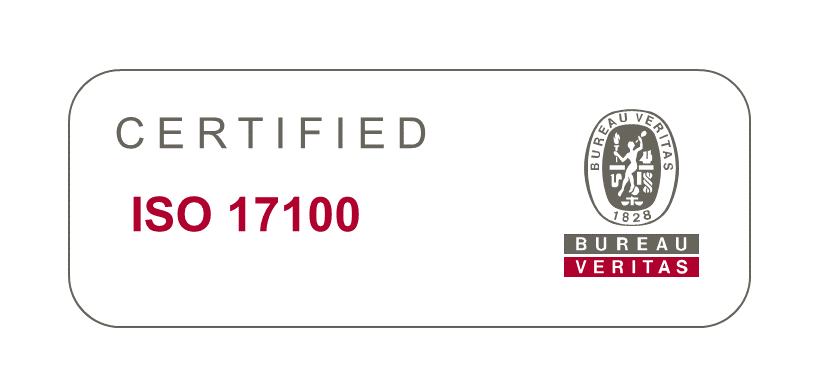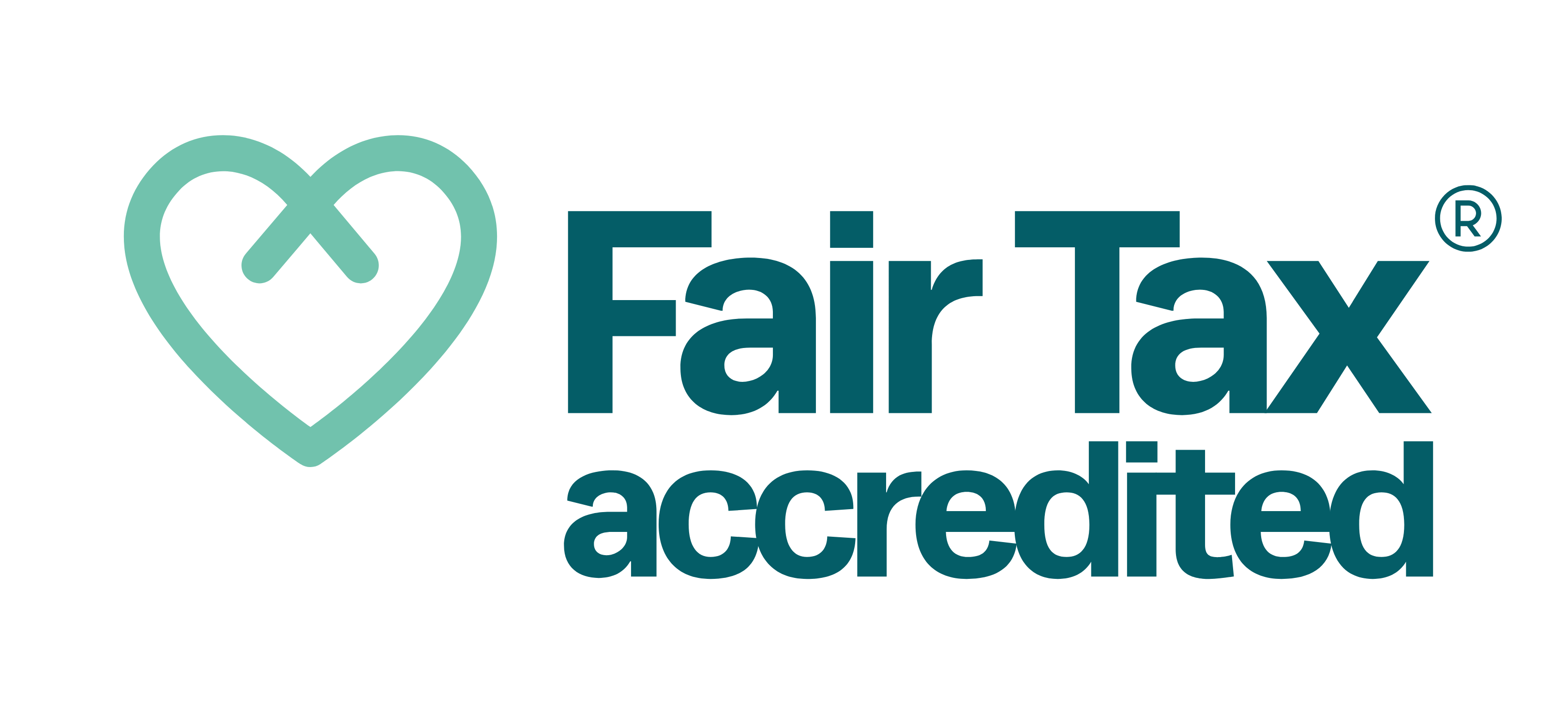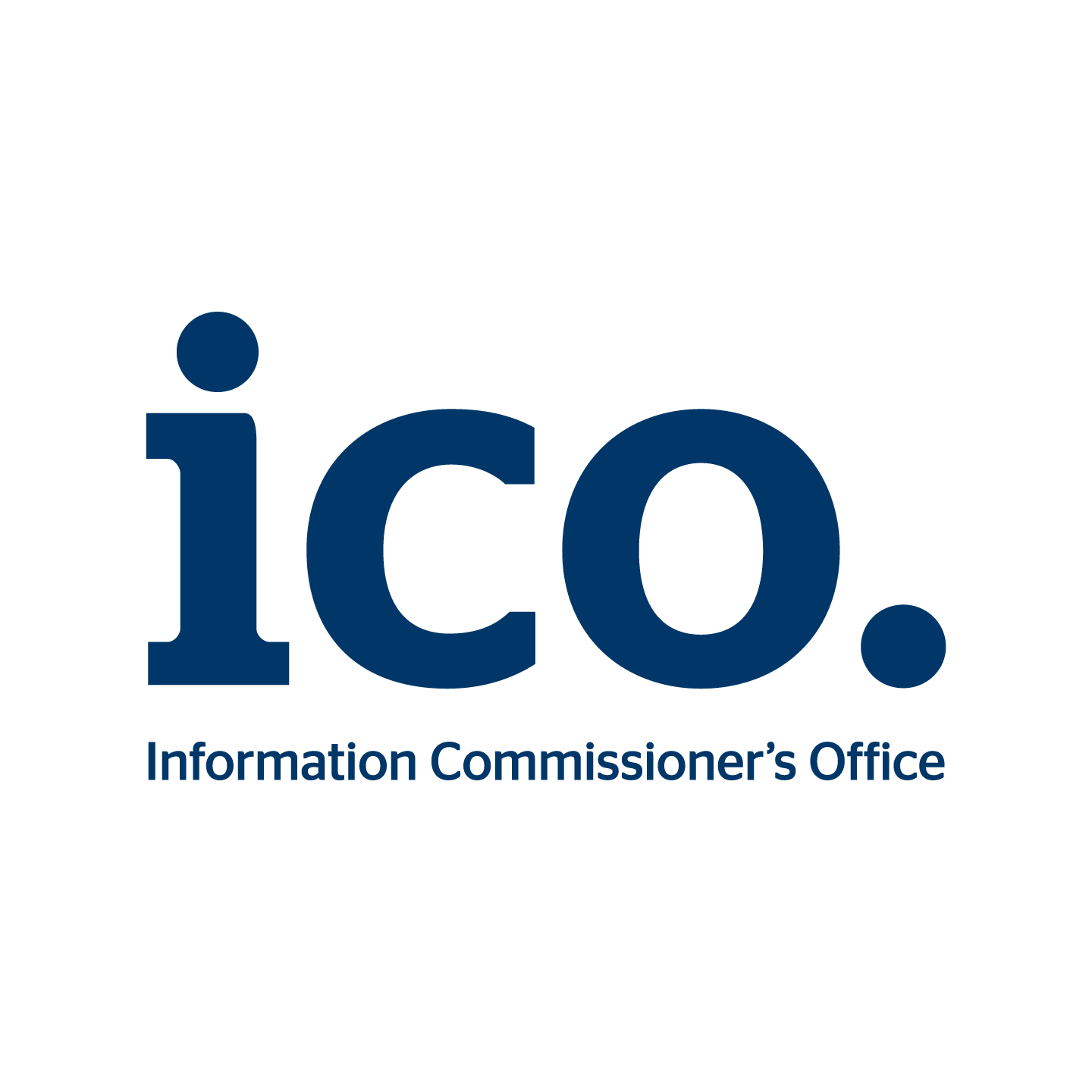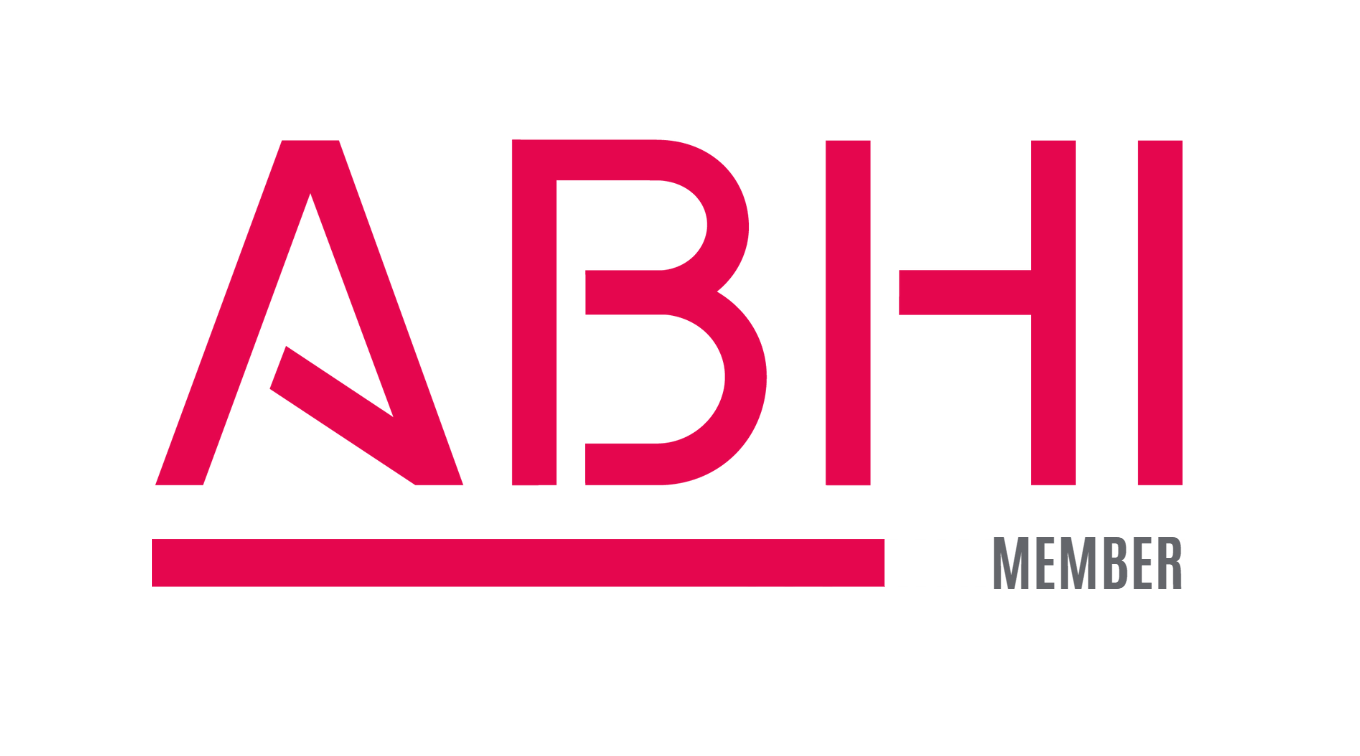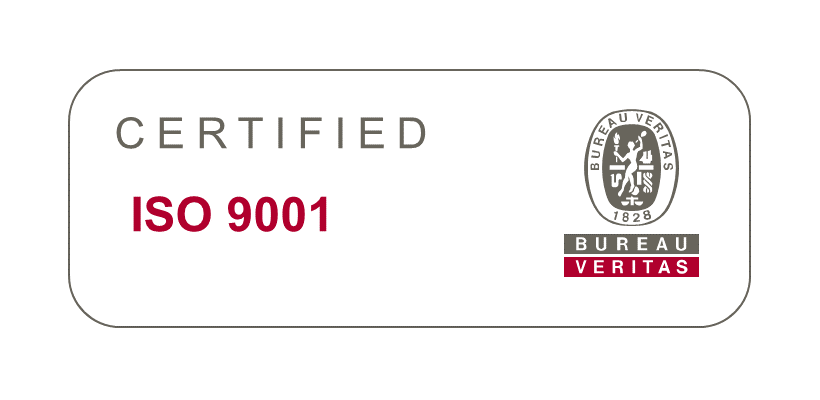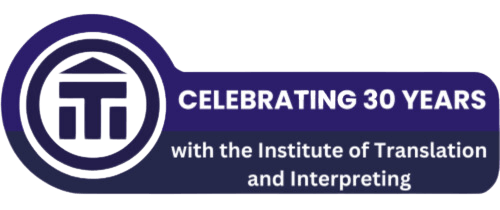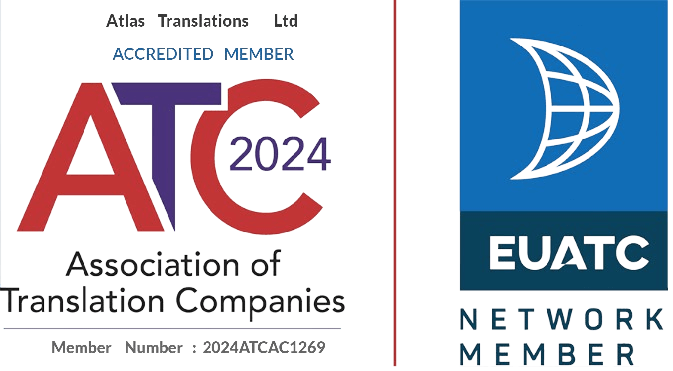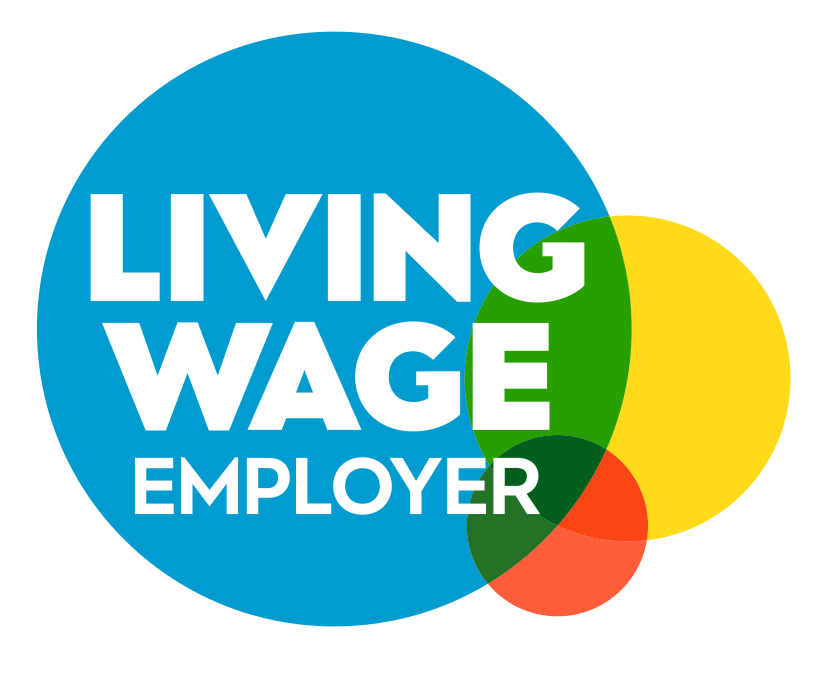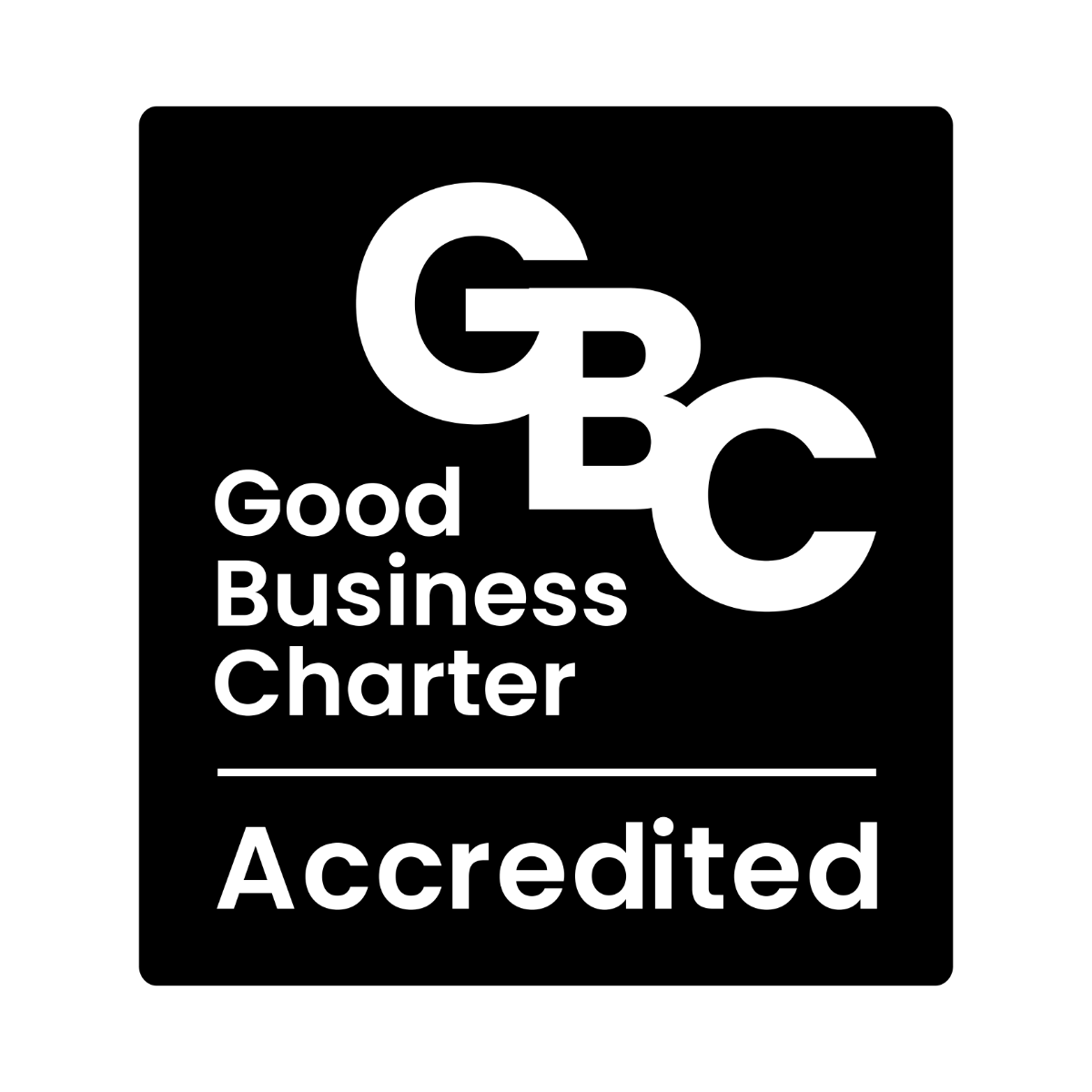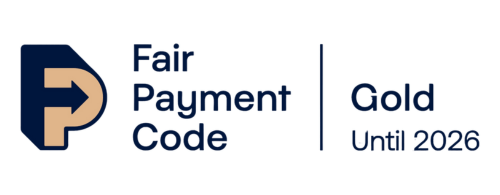Hungarian translation is a popular choice here at Atlas. Hungarian is the language spoken primarily in the Eastern European country of Hungary, and there are around 13 million native speakers. Surprisingly, the language shares few similarities with the tongues of surrounding nations, such as Romanian or Croatian. Instead, it is more closely linked to northern European languages such as Estonian and Finnish, known as Uralic languages.
History of Hungarian
Unlike most languages, it has preserved many of the words used in the original language spoken thousands of years ago. While languages such as English only contain 4% of etymons (original words), around 68% of words in modern Hungarian are the same as those spoken by their ancestors since the 1st millennium BCE, when it can be traced back as separating from other Uralic languages. Early Hungarian speakers were nomadic, so some words can be traced back to languages such as Turkish. Many languages have a small degree of influence on Hungarian, but unlike the influence of Latin on Romance languages, there is no clear ancestor.
An interesting fact about the language is that someone from Hungary is believed to have landed in North America before Christopher Columbus. A stone discovered in Nova Scotia has script in Old Hungarian on it, which was spoken centuries before Columbus’ arrival. This was written in the runic writing that was used in early versions of Hungarian. However, in 1000 AD Hungary became a Christian nation, so the language adopted the Latin script and some words were influenced by Latin. Latin continued to be an official language of Hungary until the 18th century, but was rarely used by the majority of the population.
Similarities with Other Languages
Hungary is renowned for being a very difficult language to learn; the alphabet contains 44 letters, 26 cases and 14 vowels. Coincidentally, the longest word is also 44 letters long. Similarly to German, words can be joined together to form very long words that are translated as phrases in English.
Generally, Hungarian shares few similarities with other European languages. Languages most similar to Hungarian are found in far flung corners of Siberia, such as Mansi and Khanty. These tongues only have a few thousand native speakers, making Hungarian by far the most widely-spoken Ugric language. These languages have certain rules that cause them to become very alien to most Europeans.
Therefore, Hungarian shares few similarities with English. There has been a rise in shared culture between the two countries – as with many countries in the EU, there has been an increase in Hungarian migrants to the UK, and around 95,000 people of Hungarian origin or descent now live in the UK. Word order in Hungarian is more flexible than in English, and there are numerous differences in the formation of grammar.
Hungary was part of the Austro-Hungarian Empire, which was one of Europe’s greatest powers until its collapse at the end of World War I. Hungarian was one of the official languages of the Empire, which spread out over much of Europe, covering areas of modern-day Poland, Ukraine and Slovenia amongst others. After the Austro-Hungarian Empire lost the war, it was divided by the victorious Allied Forces. However, many of the borders were not cohesive with cultural borders, so Hungarian speakers were displaced in other countries. Thus, Hungarian is now recognised as a minority language in nations including Romania, Slovakia and Serbia. It is also one of 24 official languages of the European Union. Despite the difficulties in learning Hungarian, it is certainly a very rewarding language to learn and study, with its complex grammatical structure and small but thriving collection of native speakers.


